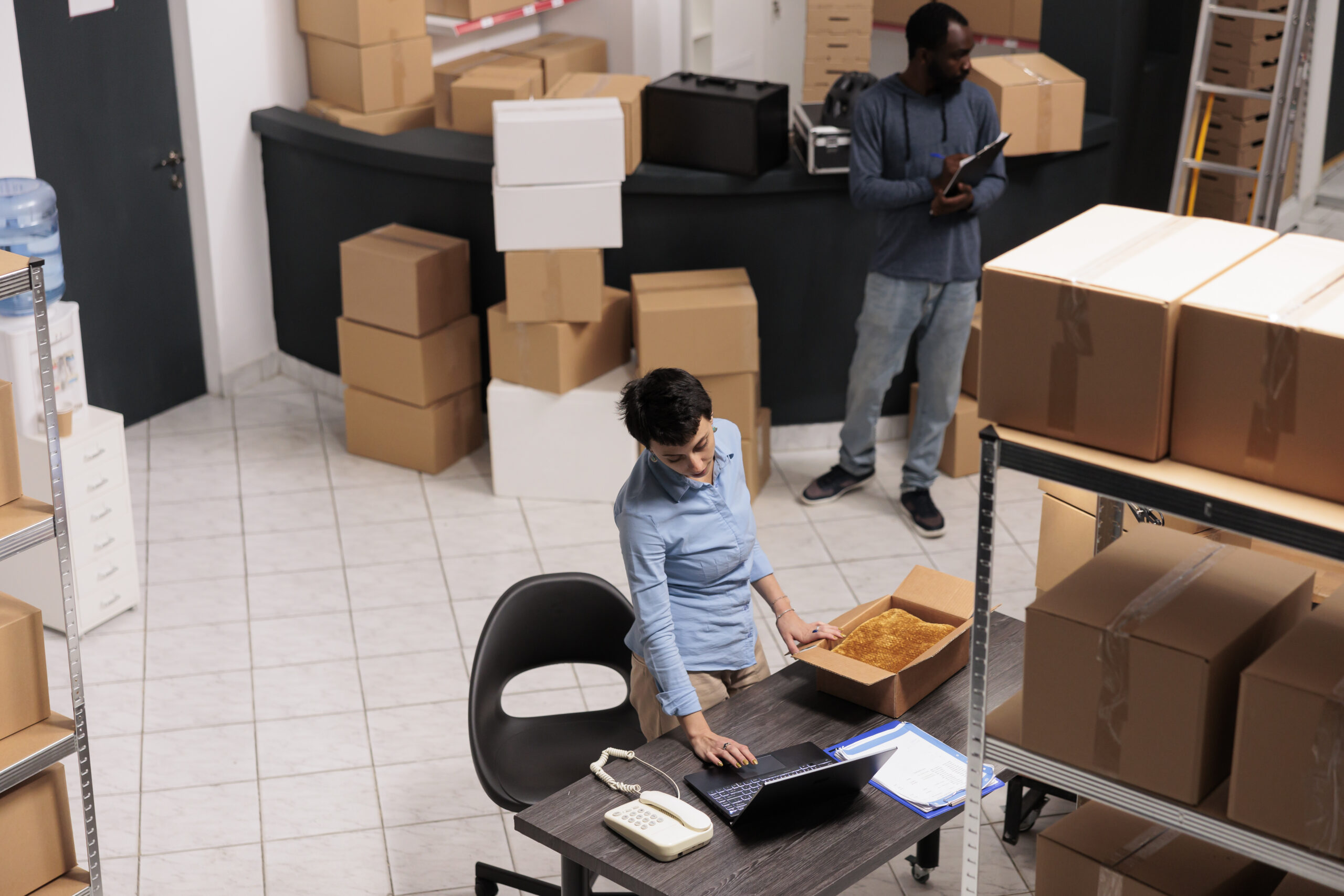A very organized commercial move is a strategy in itself that impacts your team’s productivity, client satisfaction and bottom line. From choosing the right commercial movers near me to IT infrastructure design, it’s important to pay attention to the details.
This in-depth guide takes you through every stage of your commercial move in Scottsdale. By following these steps, you can minimize disruption, maintain operational continuity, and create a workspace that promotes collaboration and growth.

1. Initiate Early Commercial Move Planning
Begin the process of planning out your move at least 6 to 12 months before your ideal move-in date. Early in the game, you’ll have more time to take care of what is required and avoid that stressful last-minute rush.
- Form a Relocation Team: Put together a team to see the move through. We will include a project manager, an IT coordinator, and a logistics lead.
- Establish a Budget: List out all that will be spent, including moving costs, new furniture, IT setup, and any renovations.
- Select a Moving Date: Select a date that will have the least impact on business operations, which may be away from peak periods or critical business cycles.
2. Choose Experienced Commercial Movers
Choosing the right commercial moving services is very important for the success of your move. Go for those that have experience in commercial relocations to ensure that your office assets will be transported safely and efficiently.
- Research Local Movers: Find which ‘commercial movers near me’ have great reviews and a proven track record.
- Request Detailed Quotes: Get estimates from many companies to compare.
- Verify Insurance Coverage: Make sure to have the moving company fully insured.
3. Develop a Comprehensive Move Timeline
A large-scale time outlay that acts as a guide for your transition, thus making sure all actions are in order and timely.
- 6 Months Before: Finalize the new office lease, design the office space plan, and begin to clean out the present space.
- 3 Months Before: Alert employees, clients, and vendors to the change. Begin to pack non-essential items.
- 1 Month Before: Confirm the details of the commercial moving services, finalize IT infrastructure projects, and place orders for new office supplies.
- 1 Week Before: Pack out the important items, label the boxes, and do a final walk-through of the old office.
4. Communicate with Stakeholders
Effective communication is a must for a smooth transition. Keep all stakeholders in the loop.
- Inform Employees: Staff are to be notified in advance and, where possible, included in the process.
- Update Clients and Vendors: Provide current contact info and advice of any changes in business operations.
- Notify Service Providers: Update your information for utility companies, internet providers, and other important services.
5. Coordinate IT and Telecommunications
Make sure all tech systems are installed and running in the new office, which will prevent downtime.
- Assess Infrastructure Needs: Define what is needed for internet access, phone lines, and server systems.
- Schedule Service Transfers: At the time of move-in.
- Backup Data: Before moving, secure all critical business data to prevent loss.

6. Plan the Office Layout
Designing a great office layout improves productivity and employee satisfaction.
- Space Utilization: Max out on space use, but also in terms of comfort and access.
- Employee Input: Gather input from staff on which workspaces they prefer.
- Future Growth: Plan for growth by including space for more workstations or departments.
7. Pack and Label Effectively
Proper packing and labeling will speed up the unpacking process and also reduce the chance of items going missing.
- Use Quality Materials: Use strong boxes, bubble wrap, and packing tape to protect your items.
- Label Clearly: Mark boxes according to what is in them and where they go in the new office.
- Special Handling: Identify and protect fragile and valuable items.
8. Conduct a Final Walkthrough
Before leaving the old office, do a complete check to ensure all tasks are completed.
- Remove All Items: Make sure to remove all personal items and company property.
- Clean the Space: Leave the office as required by the lease.
- Return Keys and Access Cards: Hand off all keys, access cards and other property to the landlord.
9. Settle Into the New Office
After the transition, do what is necessary to get rooted in the new space and to get back to normal business operations.
- Unpack Efficiently: In key areas like workstations and meeting rooms.
- Test Systems: Check that all IT and telecom systems are running well.
- Host an Orientation: Train staff in the new office layout and amenities.
10. Evaluate the Move
Once settled in, evaluate the success of the move and note what issues exist that could be improved for future relocations.
- Gather Feedback: Ask for input from staff regarding the move and the new office.
- Review Budget: Compare your actual spending to what was budgeted.
- Document Lessons Learned: Note down important insights during the move that may be useful for future use.
Final Thoughts
In Scottsdale, a great commercial move may greatly improve your business’s efficiency and increase employee morale. This list will also be helpful in case you decide to hire local professional office movers near me. This will make sure that the move to your new office goes smoothly.
Frequently Asked Questions About Commercial Moves (FAQs)
- How far in advance should I start commercial move planning?
It is recommended that you start the planning process at least 6 to 12 months out from your move-in date. This will give you enough time to take care of everything that needs to be done and to avoid last-minute issues.
- What should I look for in a commercial moving company?
Find out which movers have experience in commercial relocations, have positive reviews, and have appropriate insurance. Get quotes from several companies to compare.
- How can I minimize downtime during the move?
During off-peak business times is the best time to perform the move. Also, back up all critical data and check that IT systems are installed and tested in the new office before the transition.
- Should I involve employees in the moving process?
Yes, involving workers in the process shows them how important they are to the business and how the office should be set up. It also helps them get used to the new space. Also assign which tasks which members will do to have a seamless transition.
- What are some common challenges during a commercial move?
Common issues are unexpected costs, IT system outages, and miscommunication. Solve these with in-depth planning, open communication, and working with proven partners.
Join in on the action and follow us at Movin and Removin on Facebook, Instagram, LinkedIn and Twitter. Stay in the know for our latest projects and expert moving tips.
